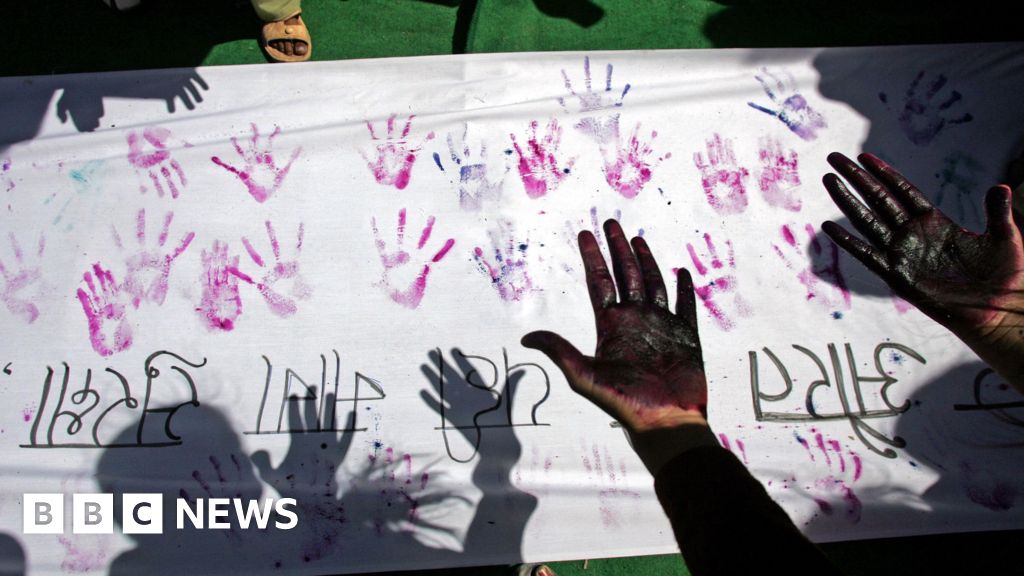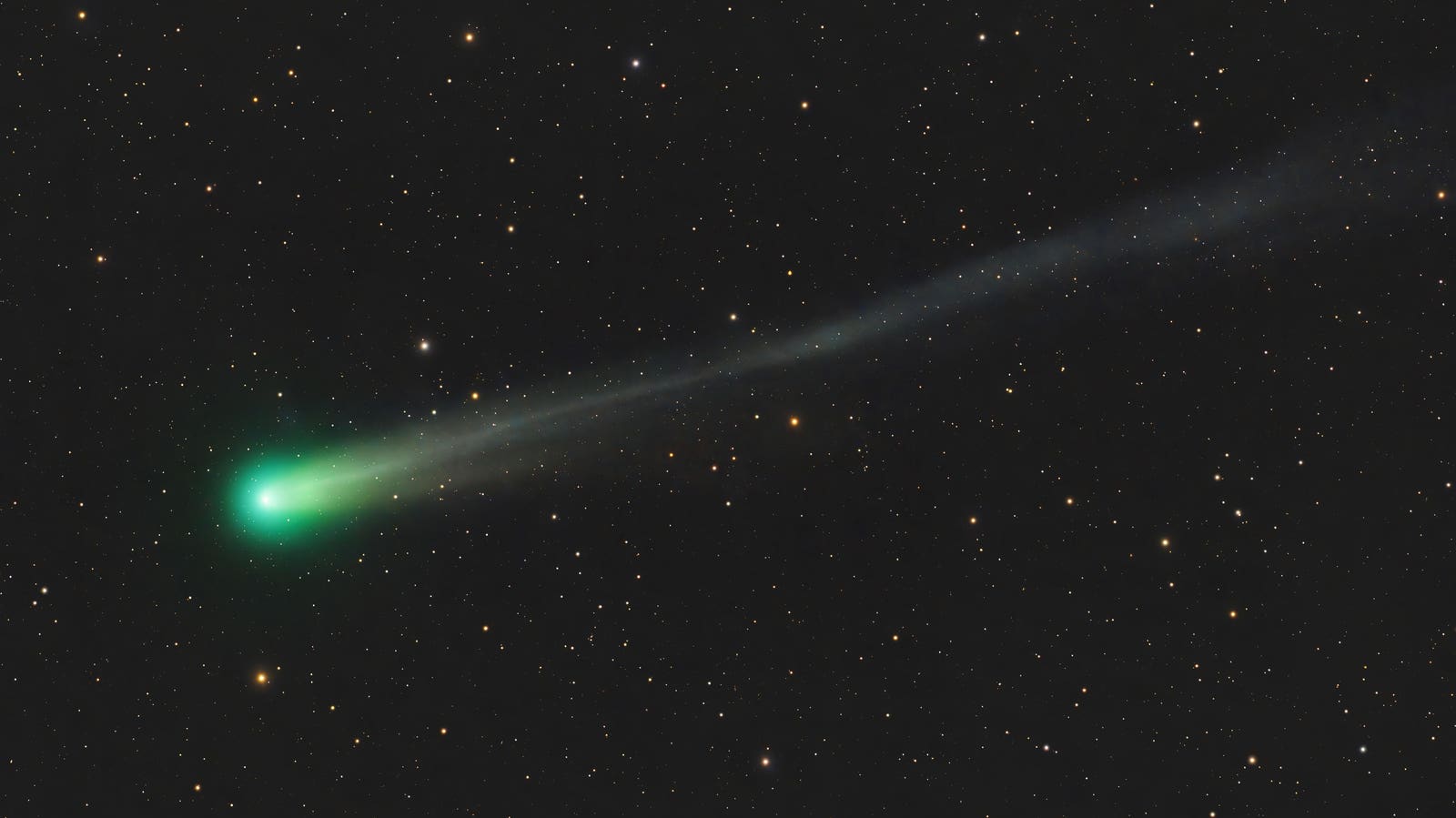An Indian minister’s comment that two female Australian cricketers, who were “touched inappropriately” last week, should’ve informed authorities before leaving their hotel has sparked a row with many accusing him of victim blaming.
The incident…

An Indian minister’s comment that two female Australian cricketers, who were “touched inappropriately” last week, should’ve informed authorities before leaving their hotel has sparked a row with many accusing him of victim blaming.
The incident…

BEIJING – China’s wholesale and retail sectors posted solid growth in the first nine months of 2025, providing sound support for expanding domestic demand in the country, the Commerce Ministry said on Monday.
From January to September, the added value of China’s wholesale and retail trade grew by 5.6 percent from a year earlier to reach 10.5 trillion yuan (about $1.48 trillion), which accounted for 10.3 percent of the country’s gross domestic product, said an official with the ministry, quoting data from the National Bureau of Statistics.
During this period, profits of key commodity markets in the wholesale industry expanded by 8.2 percent year-on-year, while profits of industrial consumer goods markets increased by 17.9 percent year-on-year, the ministry said.
Looking at the retail industry, retail sales of goods reached 32.5 trillion yuan in the first three quarters of 2025, an increase of 4.6 percent year-on-year.
Online retail sales in China’s rural areas registered a 7.7 percent year-on-year increase in the January-September period, while sales of agricultural products via e-commerce platforms grew by 9.6 percent.
China has seen about 126 million new home appliances sold under its consumer goods trade-in program this year, the ministry noted.

“Heartbeats,” the bestselling memoir of tennis legend Björn Borg, is set for a stylish adaptation with popular Swedish director Jonas Åkerlund on board to direct.
Banijay Entertainment labels Jarowskij/Yellow Bird and Mastiff Sweden…

Here’s a final call for anyone who wants to see two green comets before they race away from Earth and get too dim to see. On Monday, Oct. 27, 2025, Comet Lemmon (C/2025 A6) and Comet SWAN (C/2025 R2) are still visible in binoculars about…

Reefit
Innovative Sustainable Biomimetic Footwear Design Recognized for Excellence in Generative, Algorithmic, Parametric and AI-Assisted Design
COMO, CO, ITALY, October 27, 2025 /EINPresswire.com/ — The A’ Design Award, a highly respected…


The Shanghai Cooperation Organization (SCO) Agricultural Expo and the 32nd Yangling Agricultural High-tech Fair opened in Shaanxi, China, bringing together over 1,800 companies from nearly 50 countries to promote global agricultural…

Follow ZDNET: Add us…

Legacy gaming IP Neopets is attempting what few brands can achieve: reviving a forgotten internet icon by turning nostalgia into a strategic growth lever.
At the Digital Marketing Asia event in Hong Kong, Neopets CEO Dominic Law laid out…

When Knucks was 12, his parents made a monumental decision. The fledgling rapper had been getting into trouble at his school in London so, in a bid to rectify this, they packed him off to boarding school in Enugu in Nigeria. “Some people out…